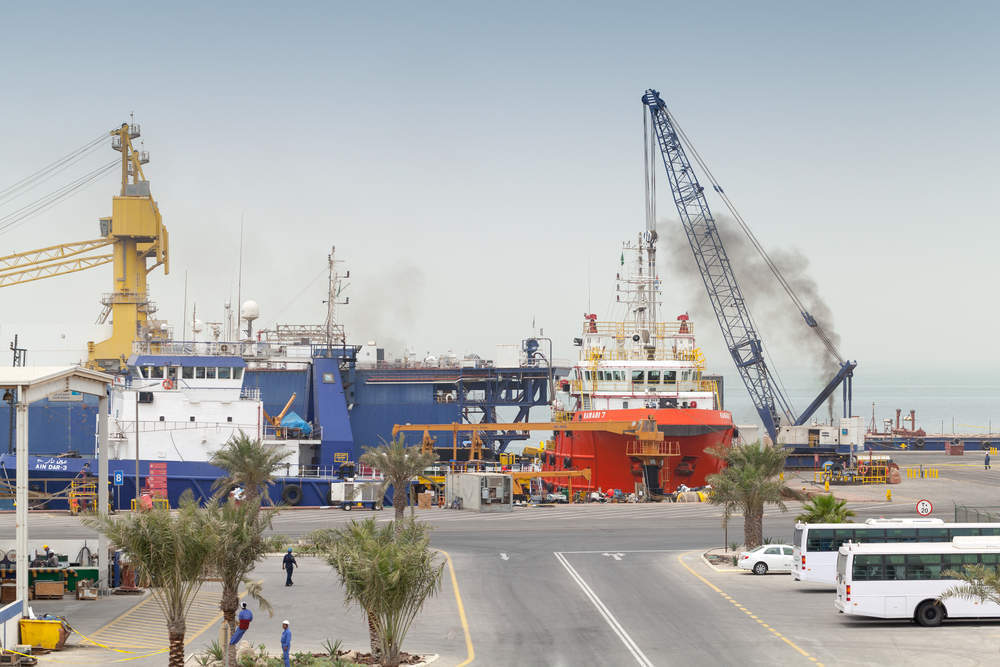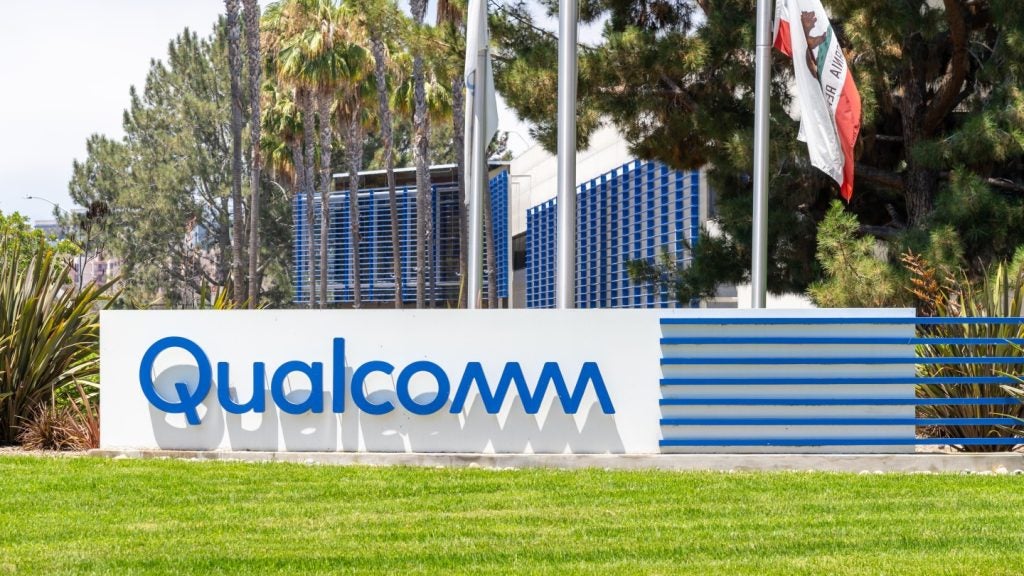Saudi Arabia is set to list five percent of its state-owned oil giant, Saudi Aramco, in an Initial Public Offering (IPO) in late 2018.
Faced with declining government revenues from the oil and gas sector after the oil price crash and looking to diversify its economy, the country is mulling where to exactly to list the stake.
With a view to making the listing more attractive by improving Aramco’s cash flows, the government published a decree on 27 March slashing the company’s tax rate from 85 percent to 50 percent.
However, even taking into account the effect of this change, there is significant uncertainty over whether the company can achieve a much-vaunted $2trn valuation.
The tax cut also reduces the fiscal take to 65 percent bringing the operating environment in line with global averages.
Although Aramco’s operations and finances are notoriously opaque, GlobalData estimates that this will increase Aramco’s annual net income over the coming five years by over 230 percent.
This boost to net income per barrel translates into a significant increase in the Net Present Value (NPV) of Aramco’s upstream portfolio.
However, the final valuation of these assets is highly sensitive to the sustainability of current production levels, which is highly uncertain given the secrecy surrounding their operations. Also additional value may come from the company’s assets outside the upstream sector, but their value is limited.
It also remains unclear what elements of the current Saudi Aramco will be included in any IPO.
The company will presumably be stripped of many of the parastatal roles that it currently performs, such as running hospitals, in order to extract the maximum value from a listing.
What is less clear is whether the company will go public as an integrated entity, or if the less valuable segments will be spun off separately.
Further adjustments are likely behind the scenes over the next year as the government looks to maximise the amount of capital it can raise from the IPO.
However, if the shares are listed too high, they will see a sharp drop in price when trading begins.







